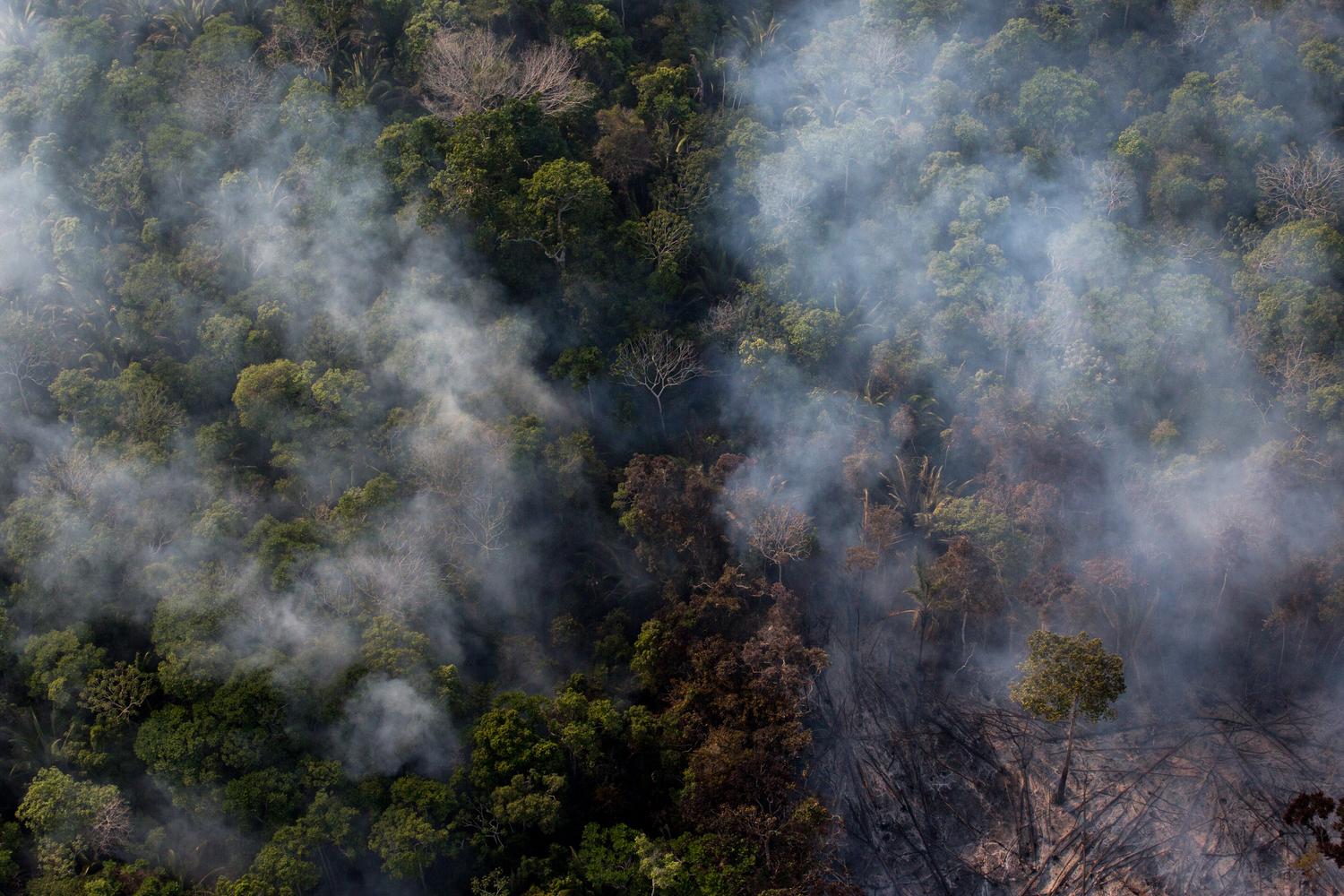Firecast success stories
Indonesia
In 2007, a fire deep within a large national park in Indonesia was detected by NASA satellites. Within hours, an email alert from Firecast informed the park manager of the fire, who then dispatched rangers to investigate it. The rangers discovered that illegal loggers had cleared the forest for a temporary settlement to gain quick access to selectively log the timber in the park. The rangers arrested 84 people and removed them from the park that same day.
Bolivia
Fundación Amigos de la Naturaleza (FAN), a Conservation International partner in Bolivia, worked directly with rural and Indigenous farming communities, advising them of the ecosystem, health, and economic risks of burning agricultural fields during peak fire conditions. Conservation International partnered with FAN to develop national fire risk maps that FAN shared with the communities they supported to help reduce fire disasters.
Madagascar
The data reported by Firecast were vital for protecting restored forest areas, which are particularly vulnerable to fires. WWF Madagascar used Firecast's active fire web map as part of a community outreach campaign to highlight the importance of protecting the Amoron'i Onilahy Protected Area in southwest Madagascar. Fires from nearby villages were threatening 44 hectares (109 acres) of newly reforested area in the reserve. Three years after the restoration, the site was still 85% intact — a high success rate for a restoration project.
